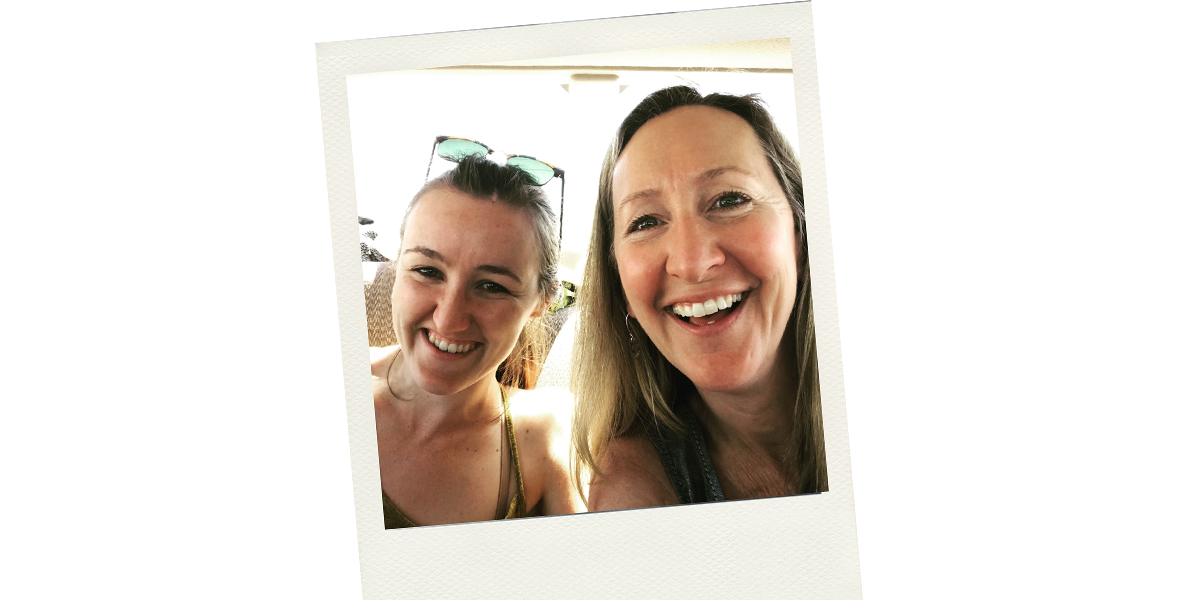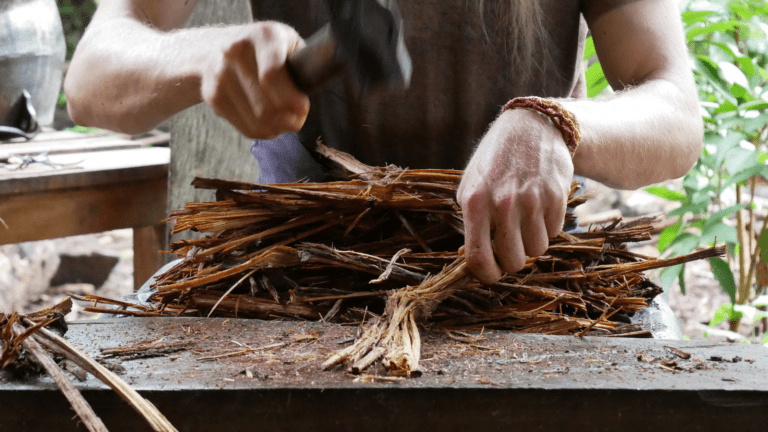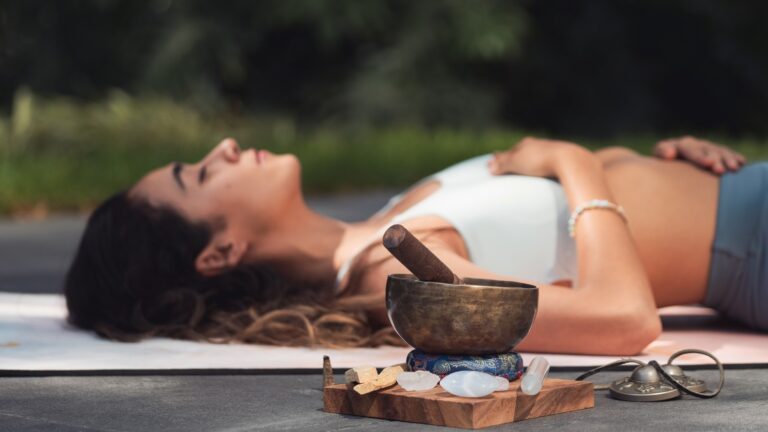How Do We Know We Are Happy?
How do you know if you’re happy? Seems like an obvious question but there is a difference between what MAKES a person happy and actually BEING happy.
I am not talking about the warm FEELING inside or the goosebumps you get when you have a happy feeling. Instead, I’m talking about HOW we demonstrate our happiness. I am looking for the physical manifestations of happiness. Here we go. . .
Whistling
I always know people are happy when they whistle. No matter what teen angst my son went through growing up, when he walked around the house whistling to himself, I knew he was going to be okay. He was happy enough at that moment to lose himself in whistling. I grew up in a house of whistlers. My Dad whistled and is always happy with his life, thanks to my mother who tends to his every need
Bursting out in song
Perhaps our family likes to hear the sound of themselves; many of whom burst out in song at random times, singing random phrases of random songs. It drives me crazy when they do this because this becomes the earworm that haunts me for days. But it is evidence of them being happy and not caring what others think.
Dancing
They don’t call it the happy dance for nothing. My daughter did Irish Step Dance growing up. You could always tell when she was content and happy because she would hop around doing dance steps to the music playing in her mind all the time, as did her friends who also participated in the “sport.” It was hilarious.
And what about the happy food dance? We have all done it—wiggle around when we are eating something delicious. You can’t help yourself.
Talking to oneself
Imagine a happy baby waking up from a nap. They lay in their crib cooing to themselves contentedly. I talk to myself as I work through ideas. However, they are not all happy ideas. But when people sing or talk to themselves, I believe they are happy. Happy enough to seek counsel from within.
Body wiggling
Let’s take a look at that baby once more. When a baby gets excited or is happy, their entire body wiggles; they kick their legs wildly. Happiness shows all over that little being. As adults we may not do a full body wiggle, but our insides are doing it. This is the happy food dance, as referred to earlier.
Annoying tapping or thumping
I had to throw this one in there for my husband’s sake. Thumping was his contribution and the “annoying” is mine. When he is happy he thumps on things. Ack! My Dad does this too. As he walks down the hall of his house, he thumps on the walls. With a houseful of mysophonic daughters, this drove us crazy. I see it as unnecessary fidgeting. But it is the physical manifestation of their happiness. We shouldn’t be critical of this content-affirming activity.
Happy humming
When my mother cleans or loses herself in yardword, she hums—a sort of operatic hum with vibrato. For people sensitive to sound or those suffering from Mysophonia (literally, hatred of sound) this humming, tapping and whistling can annoy the heck out of those people. But the motivation behind the sound is merely and beautifully the body’s go-to for happiness expression. It’s wonderful.
Laughing
The last demonstration we came up with is laughing. We thought this one too obvious to put at the beginning. I am not talking so much about the courteous chuckle to affirm someone’s contribution to the conversation. I am talking about the belly laughing, happy crying that results when people really feel connected to the conversation. Three people I know do this crazy, infectious laugh-talking, my mother Janice Boddicker, and friends Cindy Lamanna and Tracy Wilson. These ladies generally laugh when they are making fun of themselves but it involves laughing while telling the story. Their eyes light up, body shakes, loudness level rises and everyone around is drawn into the lively story. It amazes me. They are happy. Sometimes the story isn’t all that happy but the fact that they are presenting it with such joy, often making fun of themselves in the telling of it, happiness results.
Contemplating the LOOK of happiness and identifying how we know we are happy is interesting. Happiness is generally a feeling rather than a behavior. Based on the identified behaviors presented above, it is clear that each is an un-conscious, natural reaction of the body to wiggle, to sing, to hum—expressing happiness. Next time my Dad walks down the hall thumping on the walls while whistling and humming I will reserve my harsh, mysophonic judgment and think, “He is happy and that is a good thing.”




